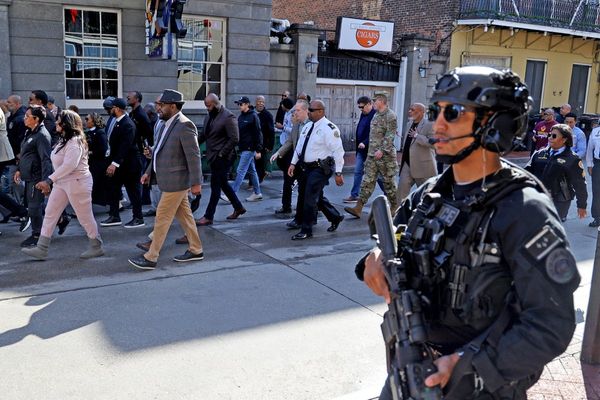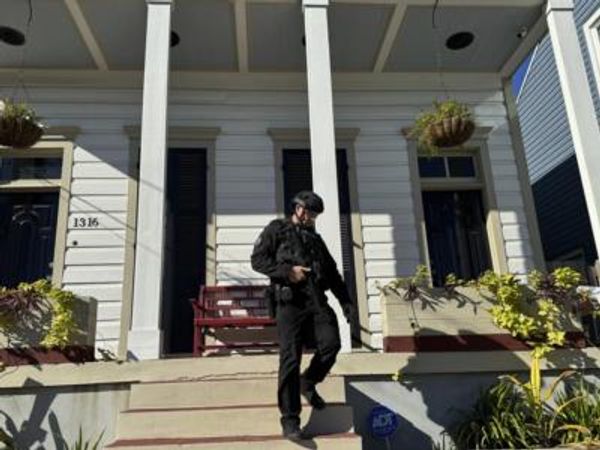
There are about 170 bustling shops along Kappabashi Dougu-gai street in Taito Ward, Tokyo, where visitors -- in recent years, especially foreign tourists -- can be overwhelmed by the sheer abundance of cooking utensils and tableware.
But what does the "kappa" part of the name really mean? Does the area have something to do with kappa water sprites?
The street is about a 15-minute walk from both Asakusa Station on the Tobu Line, to the east of the street, and JR Ueno Station to the west. Along the about 800-meter-long street stretching north to south stands a row of shops selling various items from common kitchenware, such as pots and frying pans, to red chochin lanterns and food models. Shop along Kappabashi Street and you may be able to open a restaurant.

At one such shop, Iidaya, I was blown away by shelves with piles of kitchen utensils that almost touched the ceiling. The 107-year-old shop has about 8,500 different kinds of cookery items. Take graters, for example; Iidaya offers about 200 kinds with various blade and ridge shapes, including some manufactured specifically for food like wasabi and cheese. Minor differences in the blades and ridges create great differences in taste and texture.
Iidaya also has 2,000 types of ladles in sizes that vary by only 1 cc to satisfy the needs of ramen shops.
"The greatest moment is when I hear my customers say, 'This is exactly what I wanted.' This is the town of specialties, which Japan can boast of to the world," said Yuta Iida, 34, the shop's sixth-generation owner.

Changing times
When did Kappabashi Dougu-gai come into being?

According to Koichi Okuda, 71, who was involved in compiling a magazine to commemorate the street's 100th anniversary, the shopping area was started by several antiquarians and merchants around the end of the Meiji era (1868-1912) and the beginning of the Taisho era (1912-1926). It was devastated by the 1923 Great Kanto Earthquake as well as massive air raids on Tokyo during World War II, but hardy merchants came back to the area to restart their businesses.
"Amid a chronic shortage of supplies, anything I sold flew off the shelves," said Kinshiro Shimura, 94, chairman of Shimura Seisakusho Co., as he told me about the postwar days along the reconstructed street.
Shimura was repairing secondhand refrigerators to sell but then switched to the production and sale of display cases for fresh food. His shop now sells lighting and display boards for restaurants, as these days food is packaged individually. The changes in the products his shop has dealt in reflect different trends over the years.
Most of the customers who visited Kappabashi in the past were professional chefs, but nowadays there is more diversity among shoppers, who include tourists and people who love cooking.
Israeli tourist Lior Pozner found out about the street through a tourism website and bought a chochin. She said the street was fun, as the items are low-priced and there is lots of variety.
Disputed origins
Last but not least, how did the name "kappa" come about?
According to the Tokyo Kappabashi Dougu Street Promotion Union, a bridge over the Shinborigawa river that used to run through the area was called "Kappabashi." Low-class samurai living in the area were making money on the side by producing raincoats, which are called "kappa." They used to hang them out to dry over the bridge when the weather was fine.
It was kind of an anti-climax to find out that the name "kappa" merely comes from raincoats and has nothing to do with water sprites. But then, I took a look at something toward which a tourist was aiming his camera and saw it was a statue of a kappa sprite. It turned out this was a reference to another tradition explaining the name's origin.
According to a story passed down by the Sogenji temple near the bridge, late in the Edo period (1603-1867) a raincoat merchant contributed his own money for work to improve the area's bad drainage. Kappa water sprites residing in the Sumidagawa river are said to have helped the man every night. Since then, it is said that seeing the shape of a kappa is a sign of good business, and the practice of believing in kappa was born.
The temple has a hall in which a kappa sprite has been enshrined. Many items associated with kappa have been offered there, and visitors to the temple can make a reservation to view pictures of kappa painted by legendary mangaka such as Osamu Tezuka and Shigeru Mizuki, as well as what is believed to be a kappa's mummified hand.
Kappabashi Dougu-gai has kept busy even after experiencing war and disaster. Kappa raincoats usually keep people from getting wet in the rain, but the kappa here provide people with the protection of a sprite.
Read more from The Japan News at https://japannews.yomiuri.co.jp/







